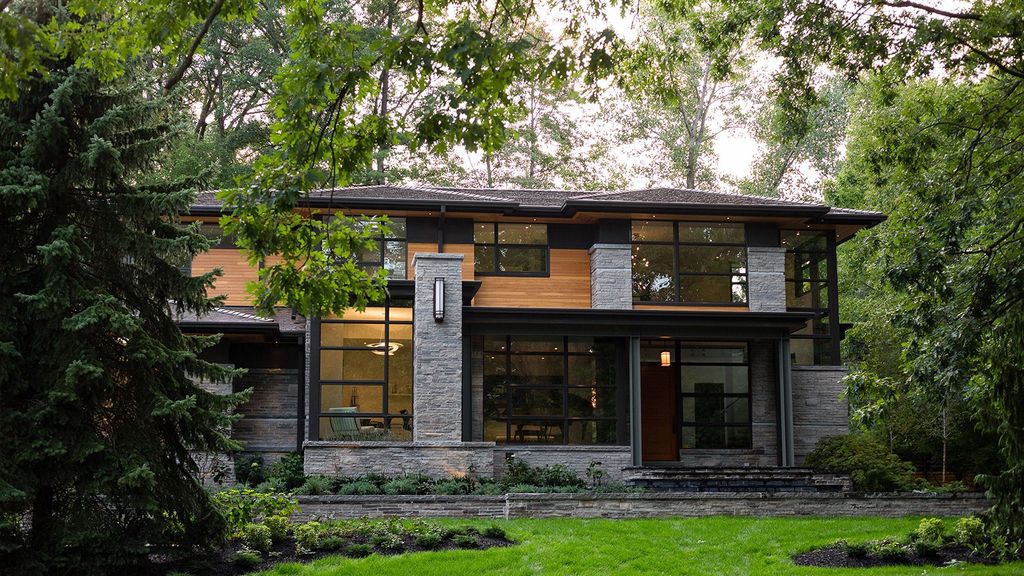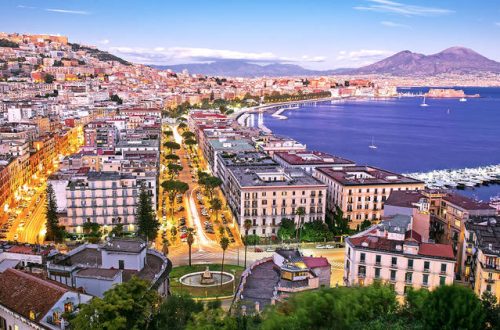Miami, renowned for its vibrant culture, sunny beaches, and lively nightlife, is also home to a diverse and innovative architectural landscape. From sleek skyscrapers that dominate the downtown skyline to whimsical Art Deco gems along South Beach, Miami architects reflects its unique blend of modernism, coastal influences, and cultural diversity.
The Rise of Modernism
Miami’s architectural journey began in earnest during the mid-20th century with the rise of modernism. Architects like Morris Lapidus and Norman M. Giller embraced this style, blending functionality with artistic expression. Lapidus, known for his iconic Fontainebleau Miami Beach, created spaces that epitomized luxury and glamour, featuring sweeping curves and expansive glass walls that blurred the lines between indoor and outdoor.
Art Deco Revival on South Beach
No exploration of Miami’s architecture is complete without a stroll along Ocean Drive in South Beach. Here, the Art Deco Historic District boasts the largest collection of Art Deco architecture in the world. Dating back to the 1930s and 40s, these buildings showcase bold geometric shapes, pastel hues, and intricate motifs that evoke the glamour of Miami’s golden era. The preservation efforts in this district have not only maintained the architectural integrity but also revitalized it as a cultural and tourist hotspot.
Sustainable Design and Innovation
As Miami evolves, so too does its architectural ethos. The city is increasingly embracing sustainable design practices to combat environmental challenges such as rising sea levels and hurricanes. Architects are incorporating green roofs, energy-efficient technologies, and resilient building materials into their designs. Projects like the Brickell City Centre exemplify this trend, integrating LEED-certified buildings with public spaces that prioritize both aesthetics and environmental responsibility.
Cultural Fusion in Design
Miami’s architecture also reflects its status as a melting pot of cultures. Influences from Latin America, the Caribbean, and Europe converge in designs that celebrate diversity. The Perez Art Museum Miami (PAMM), designed by Herzog & de Meuron, exemplifies this cultural fusion with its open-air spaces and emphasis on connecting art with the natural surroundings of Biscayne Bay.
Looking Ahead: Future Trends
Looking to the future, Miami architects are poised to continue pushing boundaries. With projects like the Miami Worldcenter and One Thousand Museum by Zaha Hadid Architects, the city’s skyline continues to evolve with cutting-edge designs that redefine urban living and luxury. Innovations in technology, such as 3D printing and smart building systems, promise to further revolutionize how Miami’s buildings are designed, constructed, and maintained.





